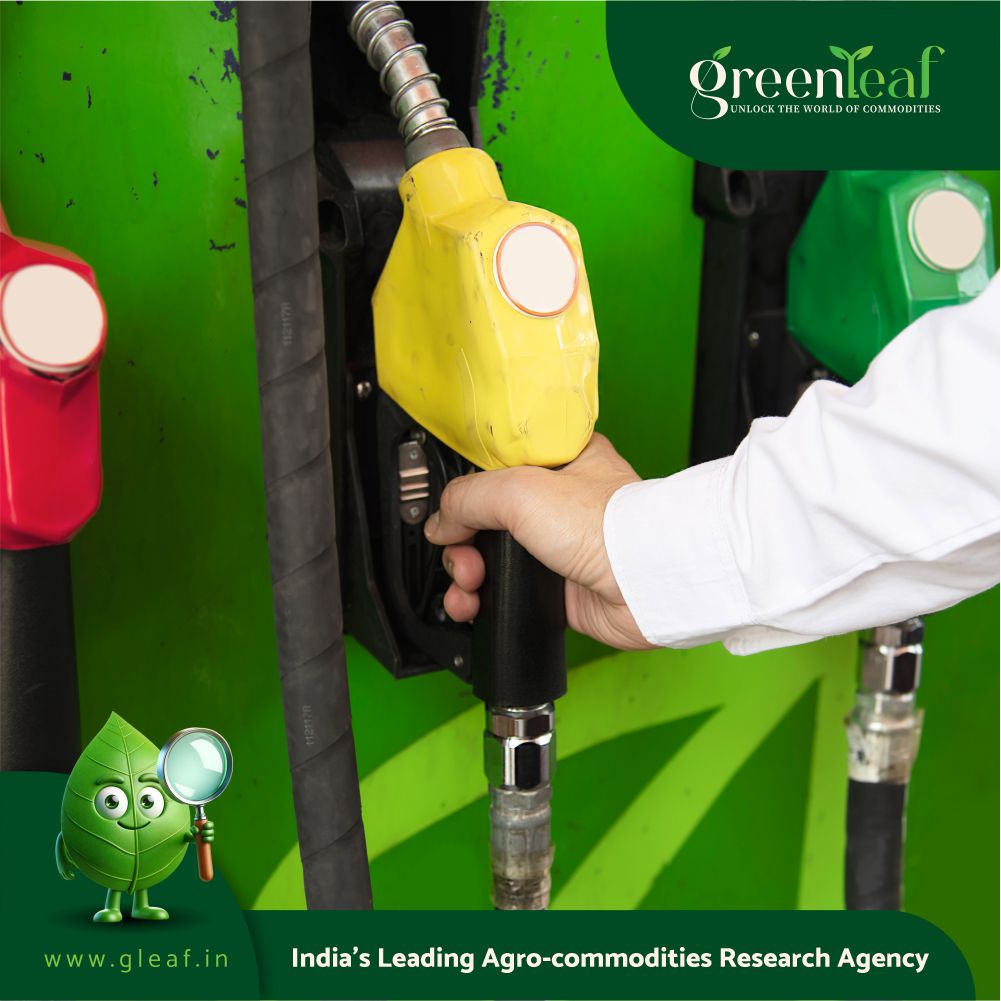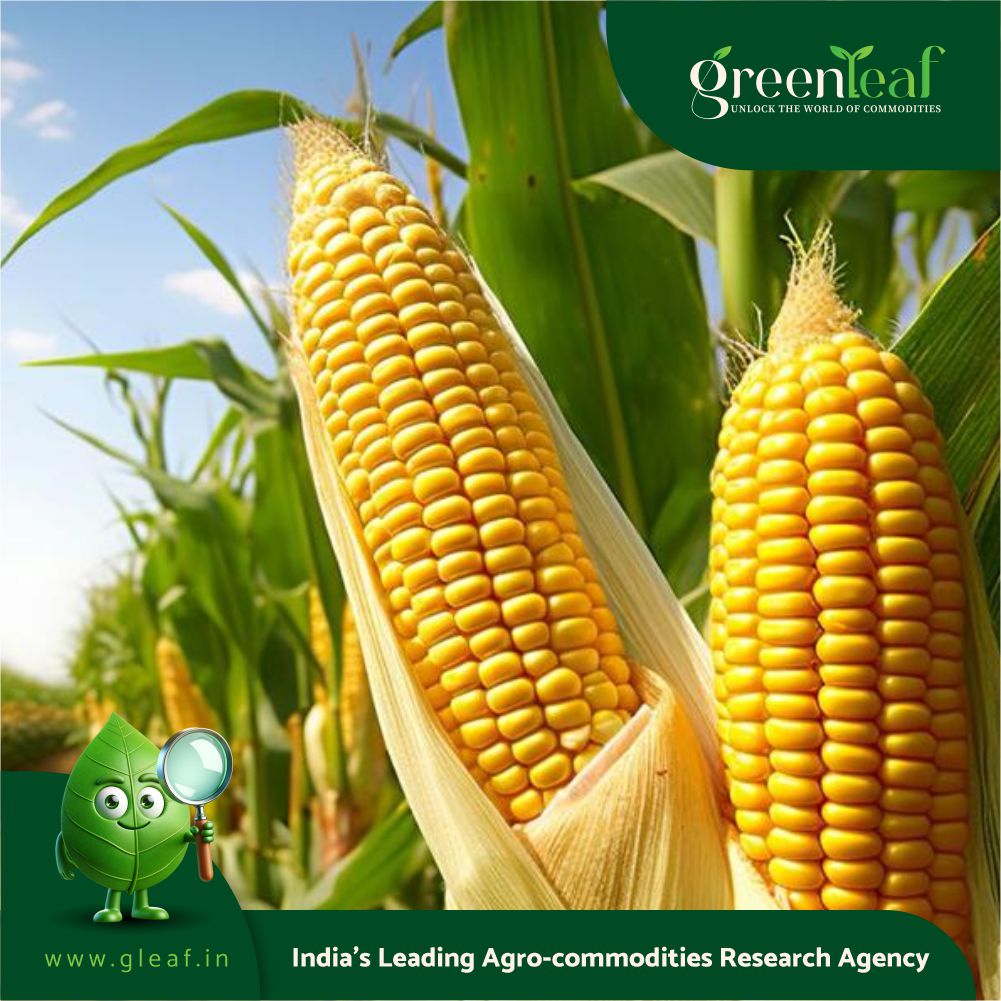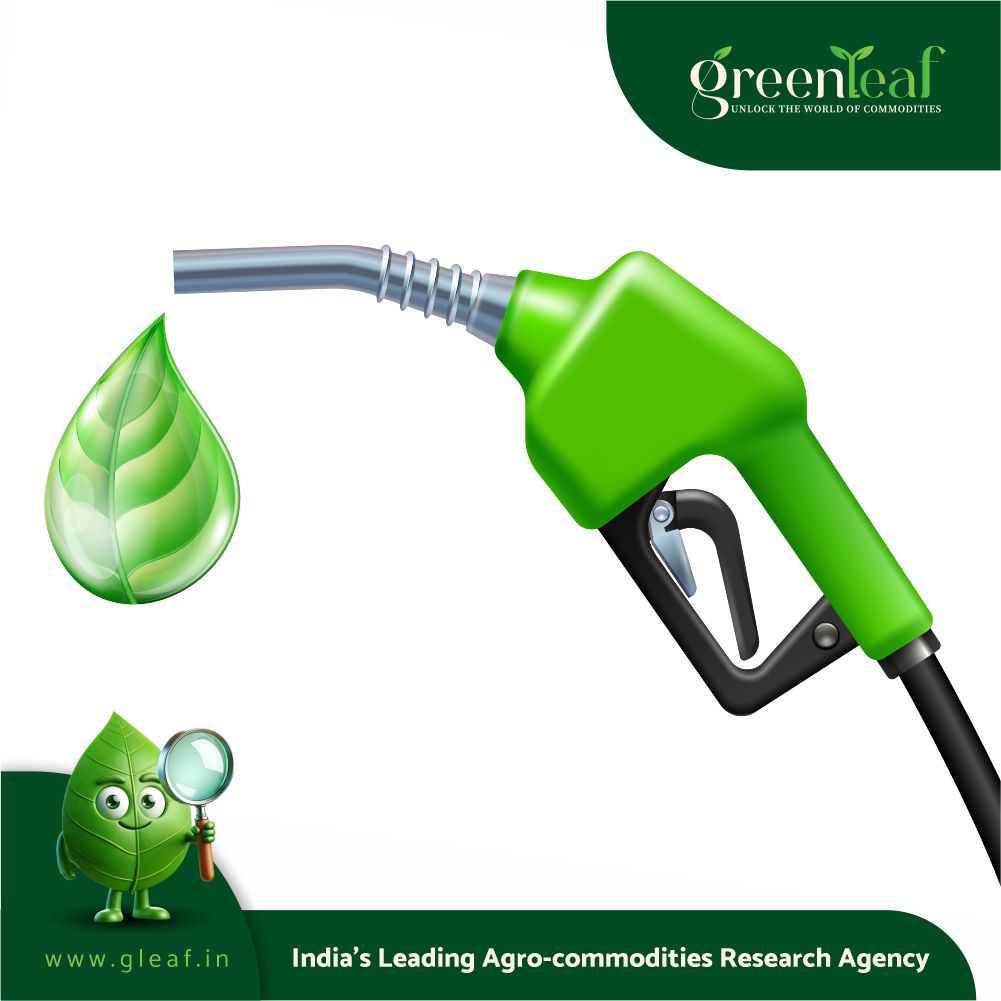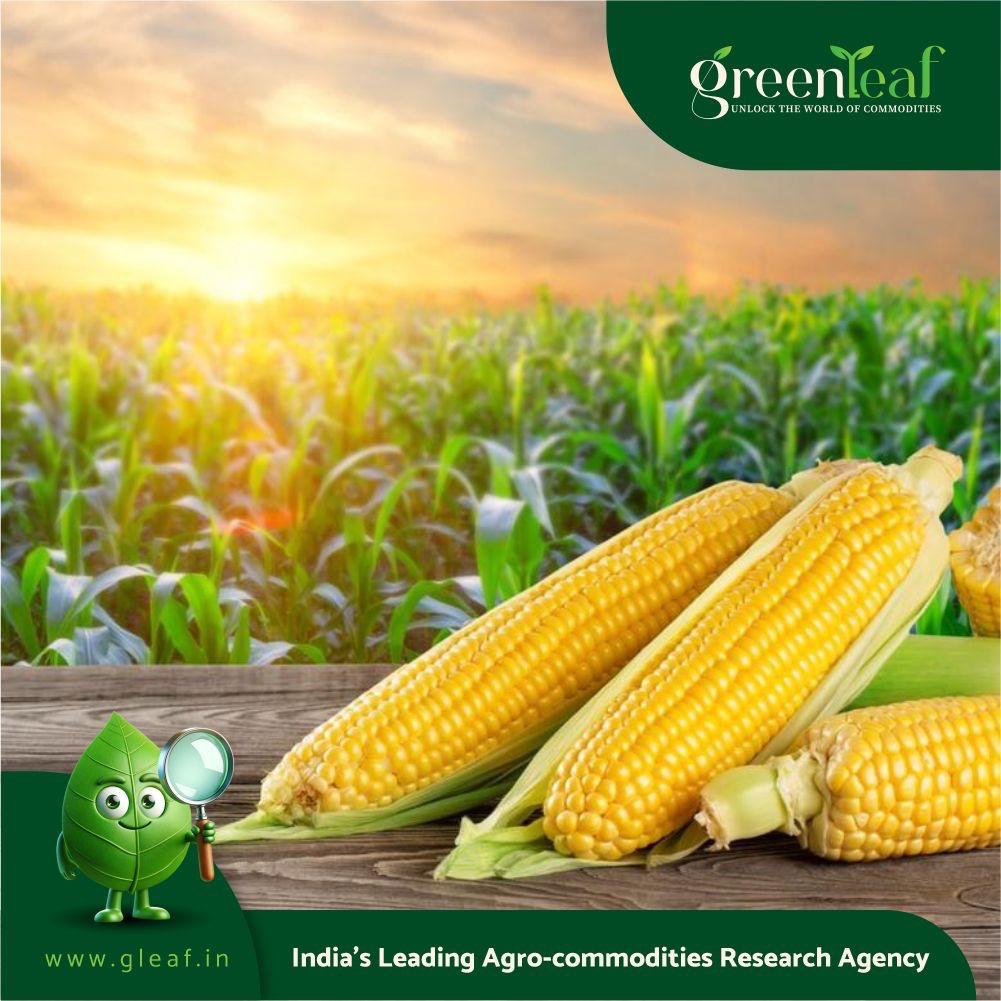The downsides to ethanol use when compared to petrol are well known, including in the U.S. and Brazil, that have led in ethanol blending. But the engineering behind the safe and efficient use of ethanol-blended petrol, from 5% to 100%, is established too. Ethanol blending began as a response to the oil shock of the 1970s. Ethanol has also been pushed as carbon neutral. For India, however, the clinching argument is import substitution and lower price. The government’s case is that ethanol blending up to 20% can ensure $10 billion being put in Indian pockets every year. But, the benefits will be uneven for farmers, traders and distillers. India’s case hinges on increasing use of C-heavy molasses that are not used for sugar making, using broken rice that otherwise rots in godowns, and on ramping up acreage and productivity of maize that is agriculturally less demanding. These are supposed to set off food security concerns. Once the ethanol economy is fully established, however, it may be tough to prioritise food stocks over the interests of stakeholders in case of shortages and imbalances. Import substitution figures can be dented by import of farm inputs such as fertilizers that have a forex outgo of $10 billion.
Ethanol has an efficiency penalty — it can affect material durability and corrode fuel handling systems. But, global studies have shown that vehicles manufactured as per Euro 2, U.S. Tier 1 and India’s BS 2 norms (in force since 2001) are compatible for ethanol use up to E15. The closed loop fuel control systems mandated to control fuel burning and keeping emissions down in BS 2 can help to mitigate efficiency and durability penalties of ethanol and the upgraded materials in BS 2 can help to reduce corrosion. In addition, as per norms, India’s vehicles sold since 2023 are committed to handle up to E20 although questions arise over the impact on the mass of older vehicles. And what is not helping is that in India there is no choice for consumers. Also, any reduction in price claimed earlier does not seem to be reflected in the bunk. Meanwhile, India has adopted two ethanol-specific norms and is expected to come up with E27, taking a cue from Brazil. While the government insists that its research indicates no harm, what would really help is full disclosure by automakers on their past brands even as they are announcing models that can accept any level of ethanol. For instance, some models sold some five years ago accepted only E5. Manufacturers should indicate possible mitigation routes for such models. And the government must back insurance claims. Transparency should support policy moves.















